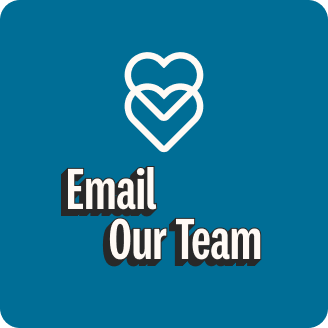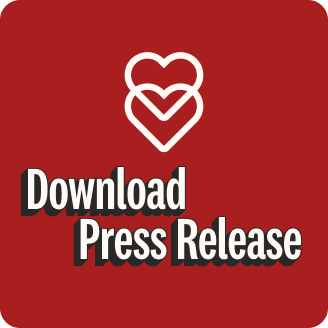
GLAAD x eharmony: Coming Out in a Dating App Culture
Dating apps play a huge role in how we search for love, express who we are, and discover what authentic connection means to us. In fact, nearly 1 in 3 (32%) LGBTQ+ Gen Z and Millennial survey respondents say dating apps are the third most popular place for them to come out, behind family and friends. In honor of National Coming Out Day, and Spirit Day, eharmony and GLAAD teamed up to explore the ways dating apps and pop culture intersect with how the LGBTQ+ community discloses their identities in their dating lives.
“Together with GLAAD, eharmony’s new study measuring dating and pop culture sentiment will have a profound impact on expanding our understanding of the roles dating apps play in the coming out process and sharing identities.”
-Sarah Kate Ellis, CEO and President of GLAAD
Table of Contents
Coming out in a digital world
In the not so distant past, the LGBTQ+ community used forums, online messaging platforms and personal ads in newspapers to find connections and come out. For older generations, coming out at bars was common (21%), but now, rare for Gen Z (4%). Fast forward and the adoption of dating apps has expanded access to dating and connection, and offered the LGBTQ+ community new ways to explore their sexual orientation and express themselves authentically in an increasingly digital world. In fact, 66% of Gen Z came out before the age of 18 (93%, by age 22), compared to 40% of Millennials (76%, by age 22) — and many did so on dating apps, especially cisgender (cis) bisexual men and women (34%).
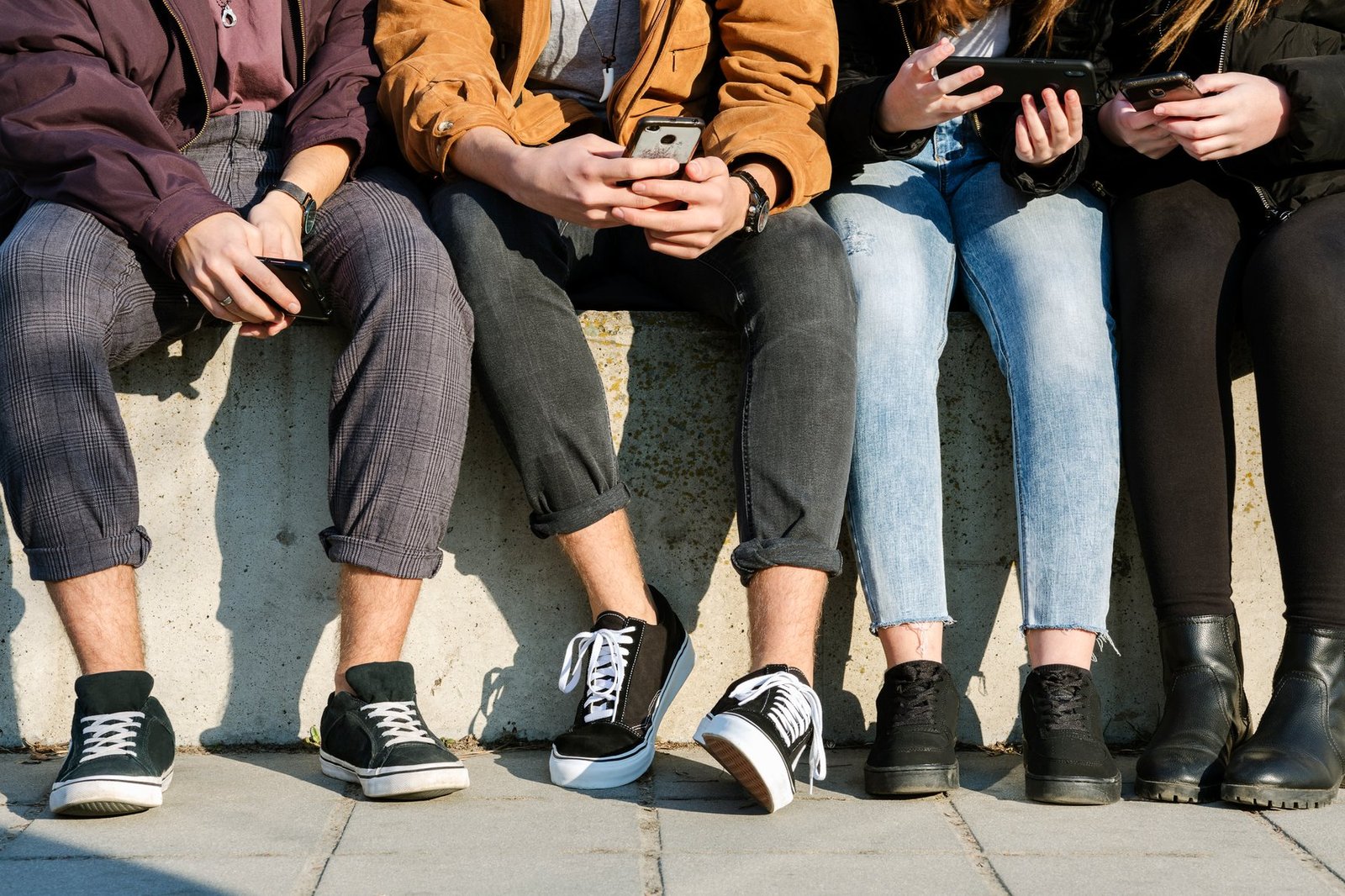
When asked to describe their coming out experience, the majority of respondents said coming out made them feel true to themselves (64%) and to family and friends (49%). It also helped them gain a sense of community (46%). Understandably, more than half of respondents noted that coming out was a scary experience (53%).
Disclosure on dating apps and fear of fetishization
While the vast majority of LGBTQ+ respondents disclose their sexual orientation (92%) and gender identity (88%) on dating app profiles, this is especially true amongst cis Gen Z and Millennial respondents. However, 76% of transgender and nonbinary people report disclosing their gender and sexual orientation on all dating apps they use, compared to 94% of cis men and 90% of cis women. The #1 reason transgender and nonbinary people reported not disclosing their gender is that they might be fetishized (45%). Only 6% of cis men flagged fetishization as a hesitation.
“I’ve had others kind of fetishize me [for] looking
feminine to them…”-Nonbinary Man, 33 years old
“I got invited to be a third in heterosexual relationships
and was oftentimes used for experimenting sexually.”Bi+ Nonbinary Queer Woman, 21 years old
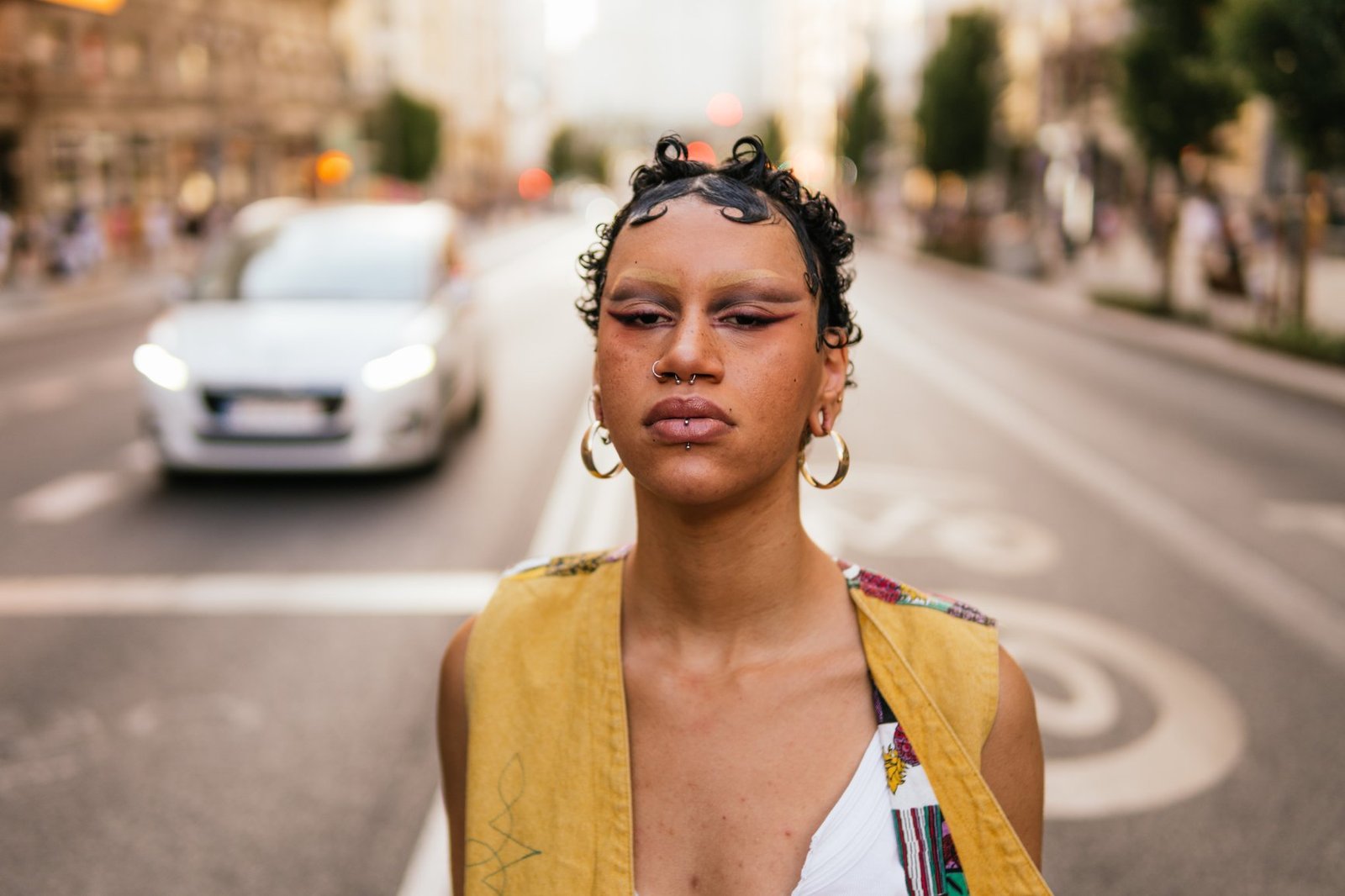
What remains true, is that honoring and disclosing your identity is, above all else, the most important step in finding connection. In fact, less than half of all respondents said they would disclose their occupation (41%), religion (38%) and income (6%) before a first date, behind sexual orientation and gender identity. When asked what was most exciting about dating someone as your true self, 41% of Gen Z and 42% of Millennials said they finally felt able to express themselves authentically.
While 70% of participants said they revealed their gender identity and sexual orientation on a dating app to correctly identify themselves to potential partners, many did so because they were ready to explore their sexual orientation (43%), including almost half of Gen Z (48%) and Millennials (43%).
Safety is key for transgender and nonbinary daters
This past Summer, anti-LGBTQ incidents in the US rose 112% year-over-year, according to GLAAD’s data, and over 30% of all incidents were motivated by hate targeting transgender and gender non-conforming people. While everyone’s coming out journey is individual, for transgender and nonbinary people, many of whom are gender-nonconforming, this process can be uniquely complex. Among transgender and nonbinary people surveyed, only 18% came out regarding their gender before they turned 18. By age 26, 59% had come out, and over half (59%) say their coming out experience was scary. We’re seeing trans and nonbinary stories reflecting on this today, including the documentary Will & Harper, where Harper Steele reflects on her journey as a trans woman.
“Despite the fact that the majority of transgender and nonbinary people report being a lot more satisfied with their lives after taking steps to be themselves, the fear of not being accepted by others remains a reality.”
Alex Schmider, Sr. Director of Entertainment & Transgender Inclusion
Compared to cis respondents, only a quarter (25%) of transgender and nonbinary people came out on dating apps. But when they did update their gender on their profiles, while half (50%) described the experience as emotionally difficult, nearly two-thirds (65%) said doing so made them feel true to themselves (65%).
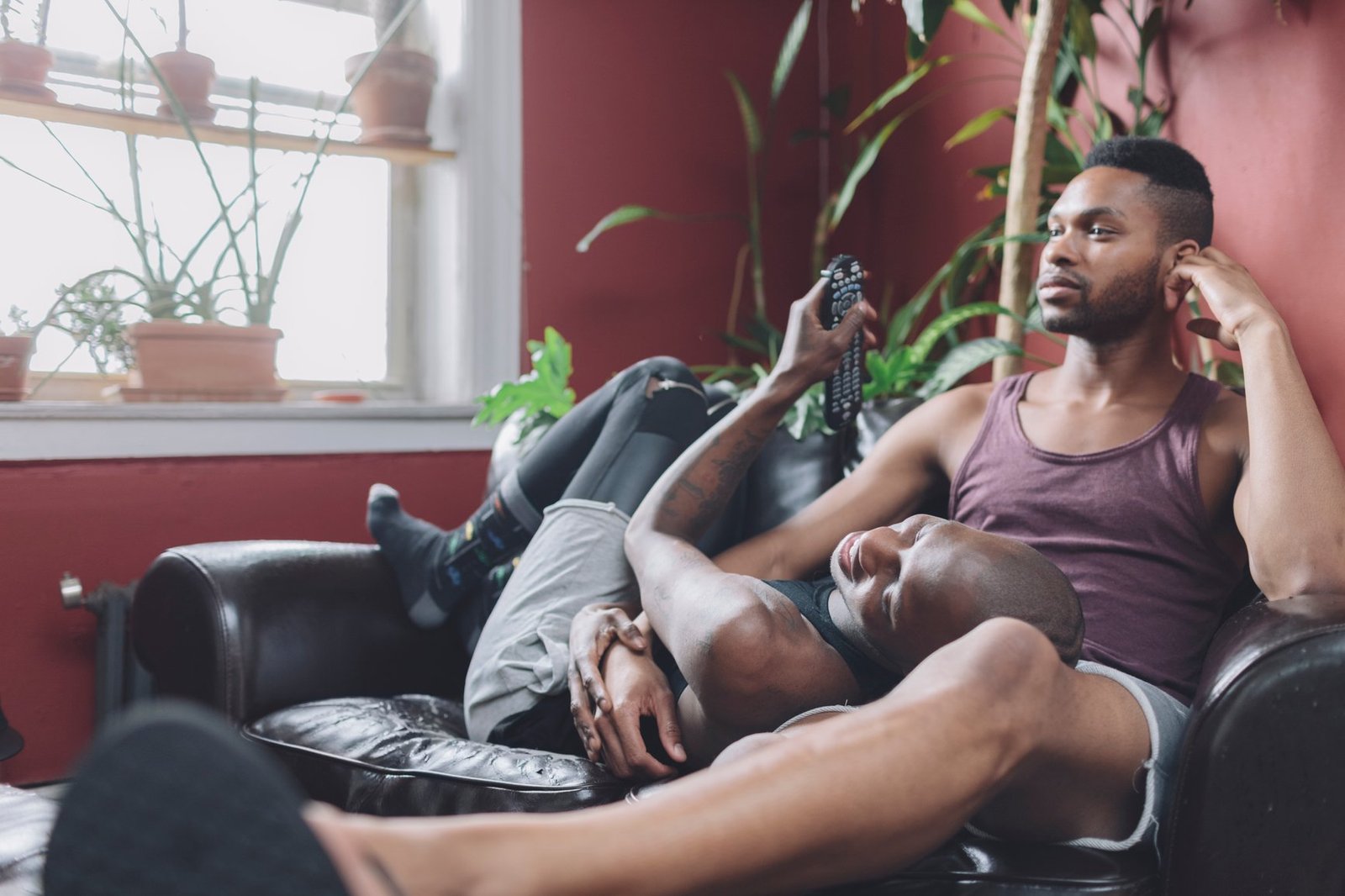
Coming out on dating apps: concerns among transgender and nonbinary people
*Concerns of being bullied rose 3x higher among transgender participants compared to cis participants
Dating as a bi+ person in 2024
In our culture, myths and judgements about what it means to be bisexual continue to circulate, and while we’ve come a long way from Carrie Bradshaw declaring “I don’t think bisexuality even exists” in 2000, bisexual erasure is prevalent in mainstream discourse around topics on dating and identity. In fact, 74% of all LGBTQ+ respondents say that bisexuality is still misunderstood in our society, with 84% of bi+, Gen Z (79%), and Millennials (78%) reporting this. Thirty percent of cis bi+ men and women said that it was emotionally difficult when they first disclosed their gender and/or sexual orientation on a dating app. However, this does not seem to deter prospective partners from wanting to date bi+ people. When cis gay men and lesbians were asked about their feelings dating a bisexual person, 87% said they were open to it.
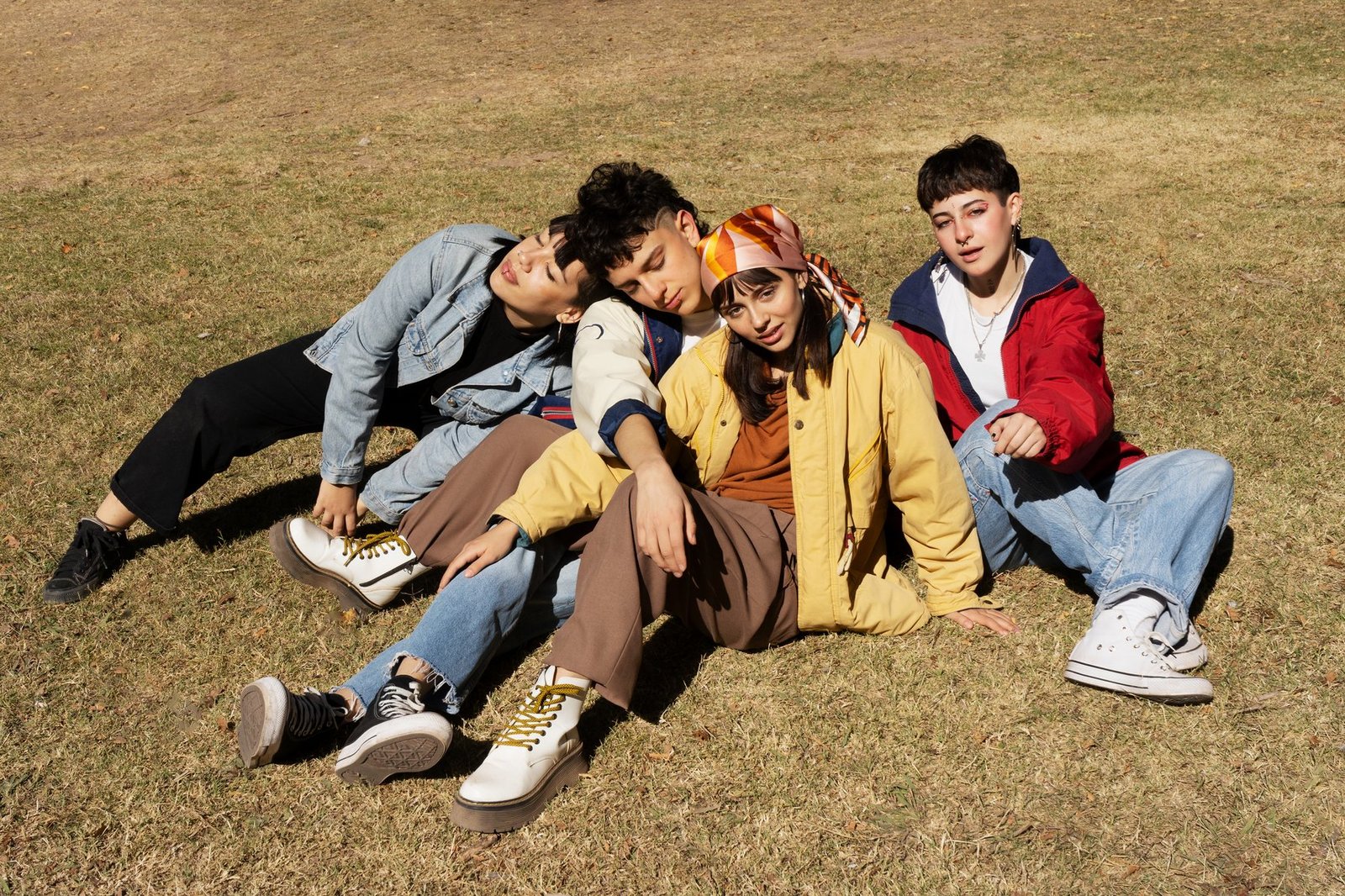
The dating app experience for bi+ people
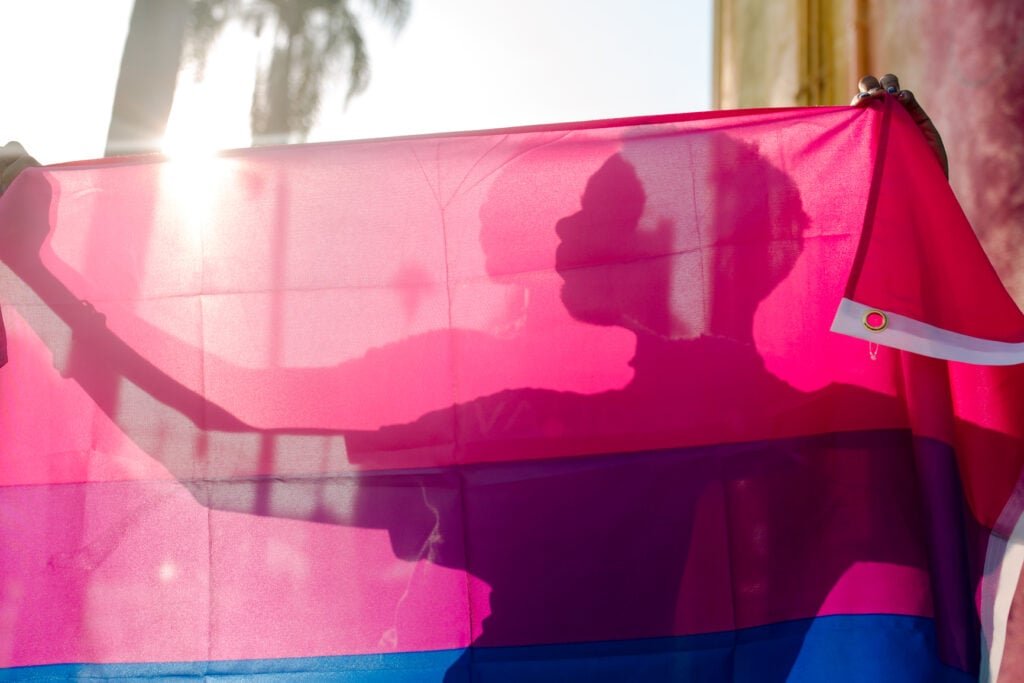
“I’ve been very pleasantly surprised by how many people publicly identify as bisexual, and how not-exceptional I feel for doing so too.”
Bi+ Queer Woman, 38 years old
Calling all LGBTQ+ icons: Why representation matters
“While we know that storytelling allows LGBTQ+ people to more clearly see themselves and be seen by others, we cannot underestimate the power of out and visible LGBTQ+ people in our culture who impact the way LGBTQ+ people feel about themselves, particularly those who are transgender,” says Alex Schmider, Senior Director of Entertainment & Transgender Inclusion at GLAAD. 75% of respondents said that seeing transgender people in the media gives them more confidence.
“It’s not always been the case that LGBTQ+ people could be out as public figures but as they are, more LGBTQ+ people relate to and can find confidence in their examples.”
-Alex Schmider, Senior Director of Entertainment & Transgender Inclusion at GLAAD
LGBTQ+ Icons that are fueling confidence amongst trans and nonbinary respondents:
- Elliot Page (57%)
- Marsha P. Johnson (52%)
- Laverne Cox (51%)
- Sylvia Rivera (32%)
LGBTQ+ Icons that are fueling confidence amongst lesbian respondents:
- Jodie Foster (43%)
- The L Word Cast (40%)
- Audre Lorde (35%)
- Wanda Sykes (35%)
- Megan Rapinoe (34%)
The Dating Femininomenon
In 2024, we saw increased discourse around women sharing stories about coming out later in life. From pop culture queer icons like Chappell Roan giving us songs like Good Luck, Babe!, to stars like Sasheer Zamata, Parvati Shallow and Sophia Bush coming out, we’re in the midst of a “Dating Femininomenon.” Many cis women are turning to dating apps to not only explore their sexual orientation and gender identity (41%), but to authentically express themselves when dating someone as their true selves (45%). In fact, 61% report having deeper emotional intimacy when dating women.
Cisgender lesbian respondents in this study report deeper emotional intimacy when dating women (61%) but often feel lonely due to a limited dating pool (52%) and the need to be very active on dating apps (42%).
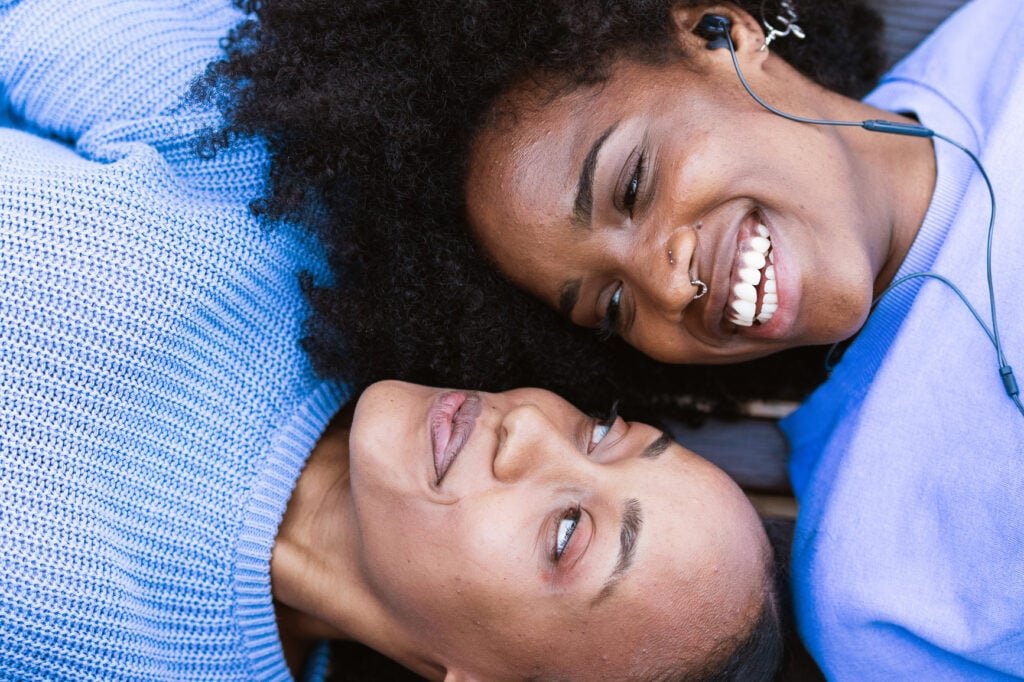
But with the rise of discourse, comes the increase of myths around how cis lesbian and gay women are approaching dating. Let’s debunk!
- 🚚 U-Hauling: Only 26% of cis lesbian and gay women report moving in together too quickly. “U-Hauling” isn’t as pervasive as we thought.
- 🛏️ Lesbian Bed Death: Only 33% of cis lesbian and gay women said sex life declines over time when dating the same person, and 43% said they have a better sex life because their partners understand their body.
- 👯 Friend-zoning: Just over one-quarter, 28% said they can’t get out of the friendzone.
- 🧢 Is there really a Masc Lesbian shortage? This past summer there was social media chatter regarding a lack of masc lesbians, but only 17% said they have experienced this.
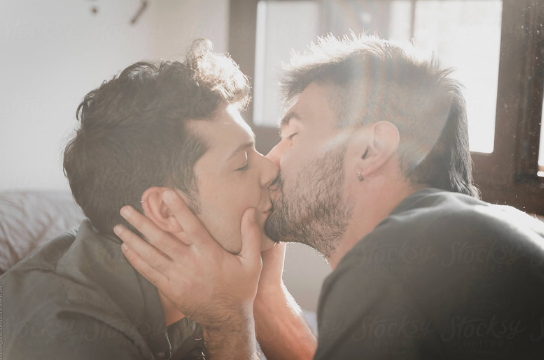
The top 2 “must haves” for Gen Z and Millennials to feeling safer sharing their identity on a dating app
- They want to see a lot of LGBTQ+ members already using the app: Gen Z (69%) Millennials (72%)
- Hate speech is not tolerated on the app: Gen Z (68%) Millennials (64%)
“Providing places that not only invite and welcome LGBTQ people, but also take measures to protect and support their belonging will not only bring about connection online but create a more accepting world outside.”
Sarah Kate Ellis, President & CEO of GLAAD
Methodology
Coming Out in a Dating App Culture report was commissioned by eharmony and conducted by Community Marketing & Insights. It was fielded online between August 26 and September 8, 2024 and surveyed over 1,400 participants. Participants qualified if they were aged 18+ LGBTQ+ community members living in the United States and had used a dating app in the past 3 years.

